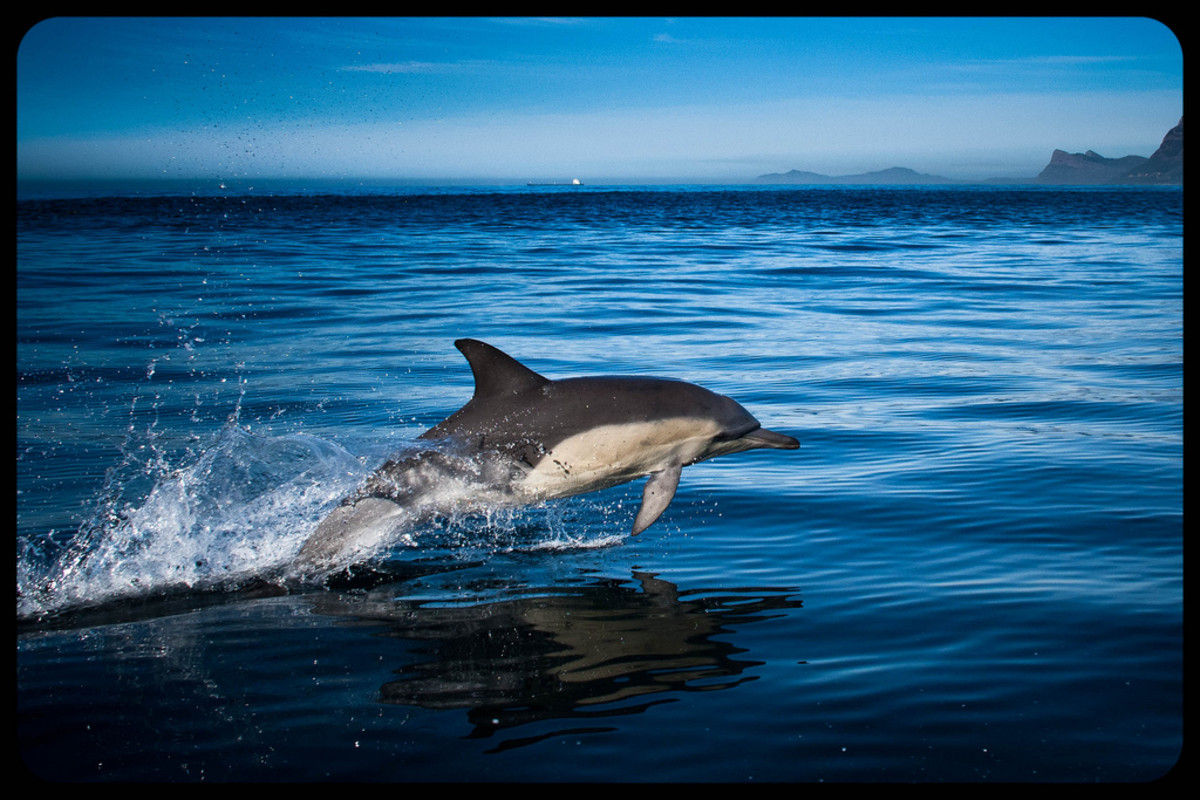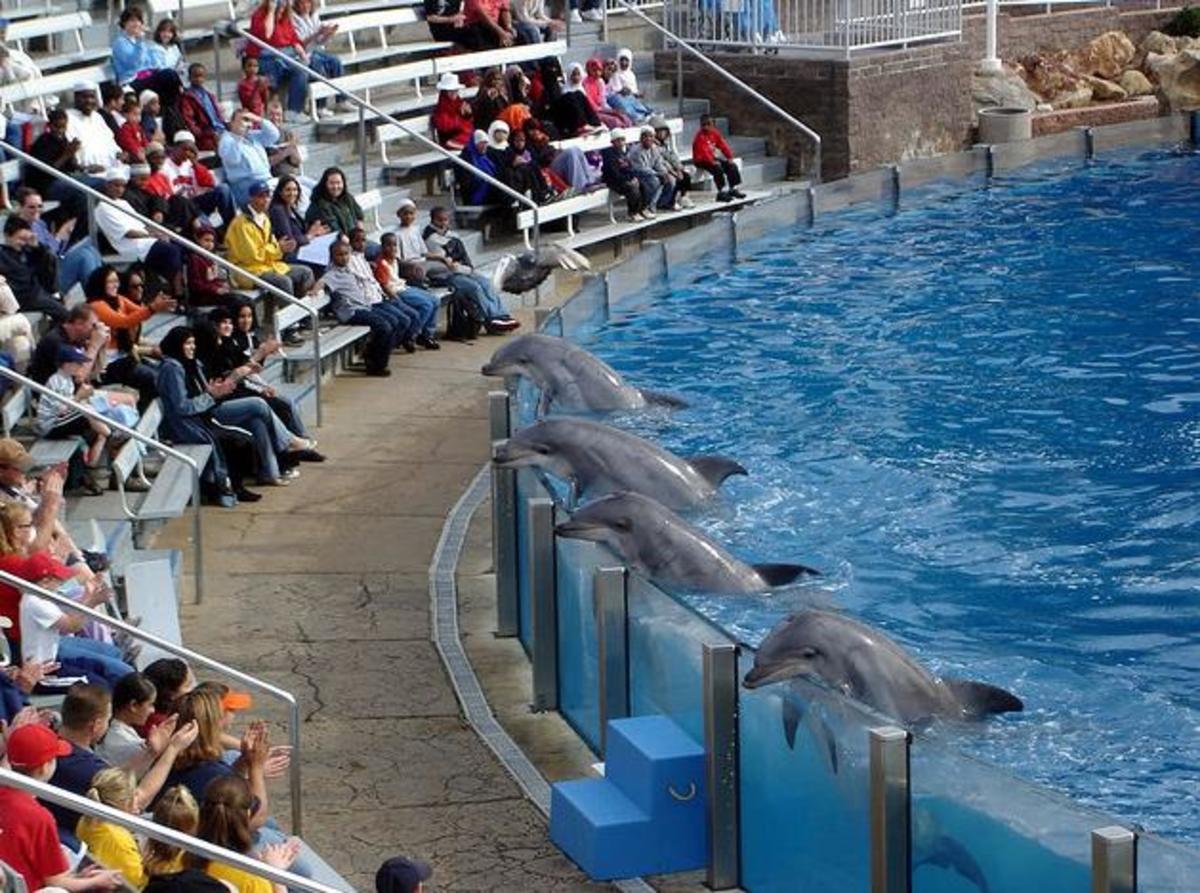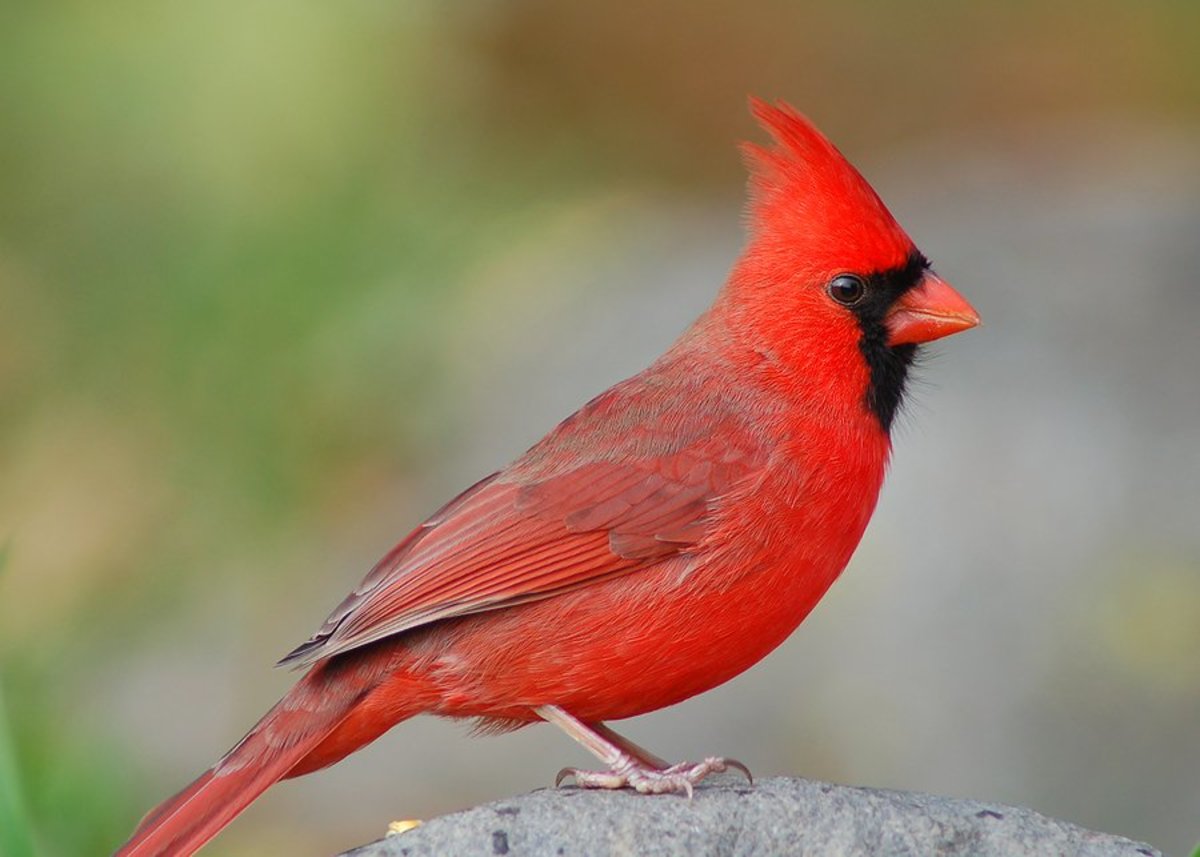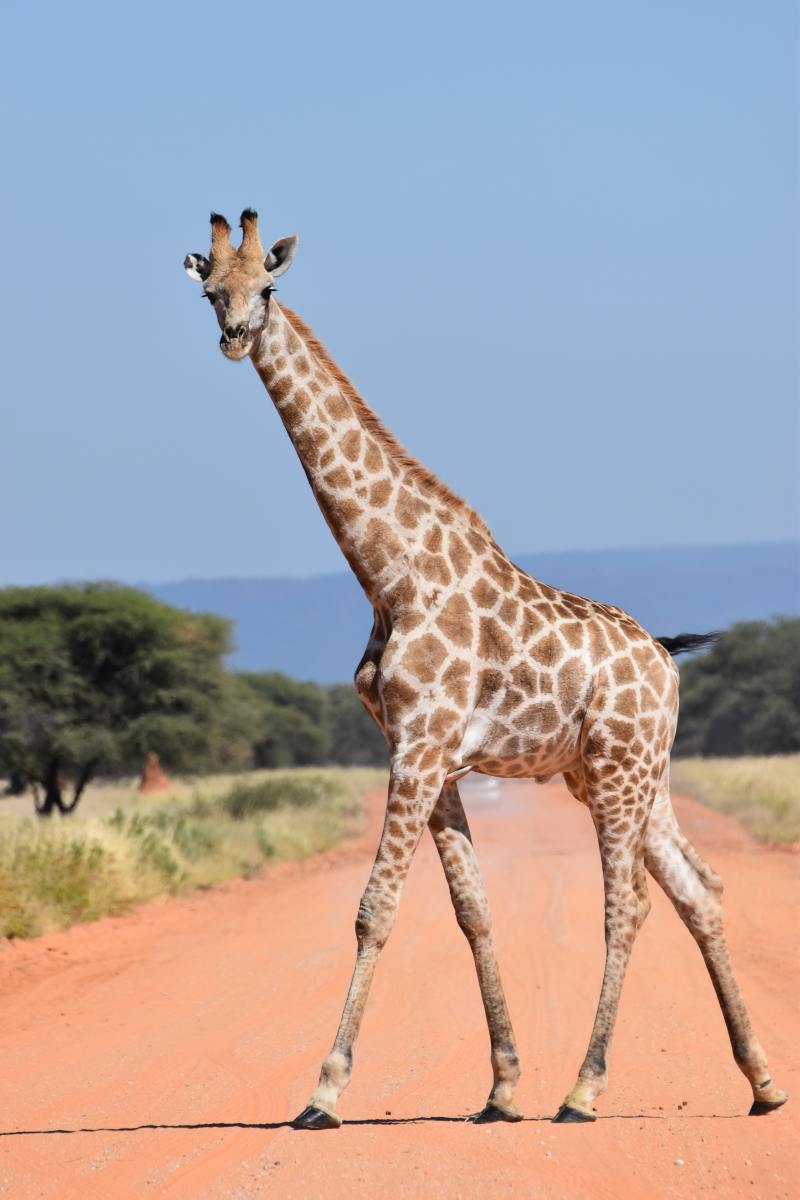Dolphins: Preserve, Protect and the Basics
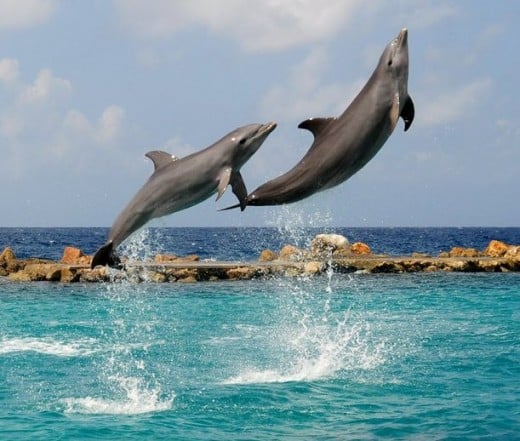
Dolphins!
30 to 40 species of dolphins live in salt and fresh water habitats around the world; the numbers vary, depending on conservationist opinion. According to the United States Fish and Wildlife Service, dolphins -- unlike a number of whales and manatees -- are not on the threatened and endangered species list; they are protected by strict rules for commercial fishing operations in the U. S. However, in other areas around the world, several dolphin species are considered to be endangered and many are in an “unknown” status.
Dolphin Basics
Dolphins are carnivores; preferring fish, squid and shellfish as their main diet staples. These highly intelligent and social creatures depend on "built-in sonar” (called echolocation; high pitched sounds that echo and resonate through the water) to help guide their senses for hunting prey. Sonar detects sizes, shapes and speeds of objects and creatures that are hundreds of yards away.
Although they do not have vocal cords, dolphins produce sounds to communicate with each other; clicks, trills, squeaks, whistles and the like. Adults typically mate all year long but some types prefer spring and autumn. Depending on the species, females gestate from 9 to 17 months -- usually only one calf. Babies nurse for up to two years.
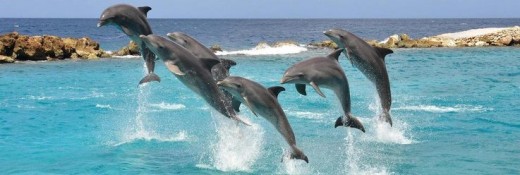
A Dolphin Life
Dolphins breathe through blow-holes on the tops of their heads. Like other mammals, they must breathe every few minutes at least, and cannot swim under water without surfacing for air. In the United States, one of the most popular species of dolphin, the Bottlenose, lives in gulfs, rivers, and both the Pacific and Atlantic oceans. Mature Bottlenose dolphins grow up to eight feet long and typically weigh 440 to 660 pounds. Dolphins have three predators: orca whales (the largest species of dolphins), sharks and human beings.
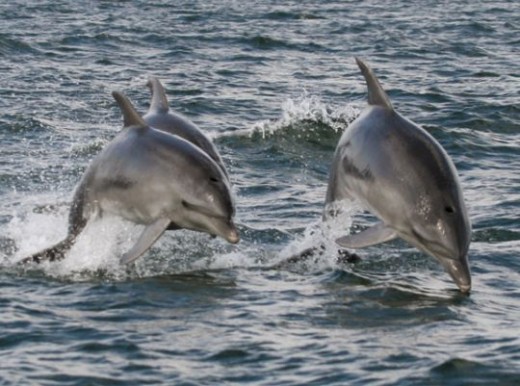
Dolphin Protection Rules in the United States
Dolphin-Safe? The Dolphin Protection Consumer Information Act (16 U.S.C. Act §1361 – 1370) requires fishing boats, especially those that harvest tuna, to devise ways to keep dolphins from getting caught in the nets. The Marine Mammal Protection Act provides for the International Dolphin Conservation Program Act (16 U.S.C. §1411), which regulates tuna imports from businesses outside of the United States. Fishing operators face a variety of penalties for harassing, capturing or killing dolphins. Still, thousands of dolphins, whales and porpoises that get caught in fishing gear are killed each year.
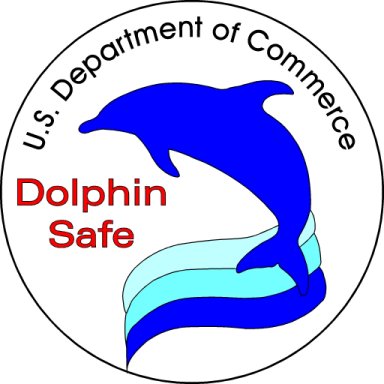
Conservation
Conservation efforts for dolphins and whales have increased since the 1970s. Many countries are monitoring and researching dolphin activity within their waterways and there are many organizations that educate and promote marine animal protection efforts. On the list: The American Cetacean Society (acsonline.org), the Dolphin Academy in Curacao (dolphin-academy.com), Sea World (seaworld.org) and the Dolphin Institute (dolphin-institute.org)
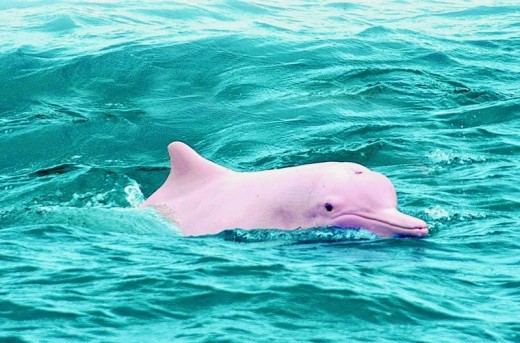
International Dolphins
Some species of Dolphin considered threatened or endangered are mostly found in fresh-water rivers or other habitats near human populations. The Baiji Dolphin, from the Yangtze River in China, was declared extinct in 2006. Species that are threatened or endangered include Amazon River Dolphins (South America), La Plata River Dolphins (Brazil), Hector’s Dolphins (New Zealand), Indus River Dolphins (Pakistan) and Chinese River Dolphins. Not listed as an endangered species: Pink Dolphins in the Amazon.
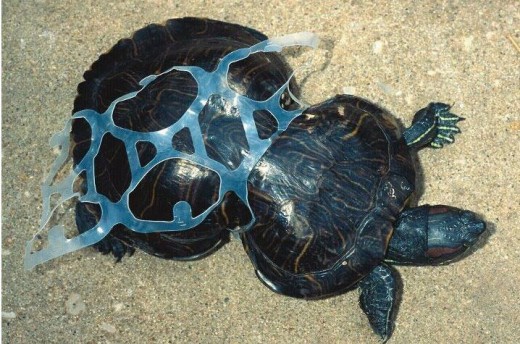
What Can You Do?
What can you do to help endangered, threatened and potentially-threatened species from disappearing altogether?
Learn. Participate. Protect.
Wildlife habitats are being damaged by human activities and the result can be deadly for animals. For example, says the Dolphin Academy in Curacao, the pollution of more than 300 billion pounds of plastic garbage is floating around in oceans and seas and at least 250 species of wildlife has gotten tangled up in the mess. Plastic grocery bags, water bottles and soft drink ring-packaging are among the worst problems, as well as chemical fertilizers that run off into water supplies. The fertilizers first facilitate low-oxygen areas (“dead zones”) in lakes and rivers and then make their way to the seas and oceans.
What else can you do? Help with sea-life education efforts by promoting ecologically-sound principles. Volunteer your time, donate your money and lobby your local, state and national representatives to support marine conservation efforts.
Love those dolphins! And turtles. And manatees. And whales. And ...
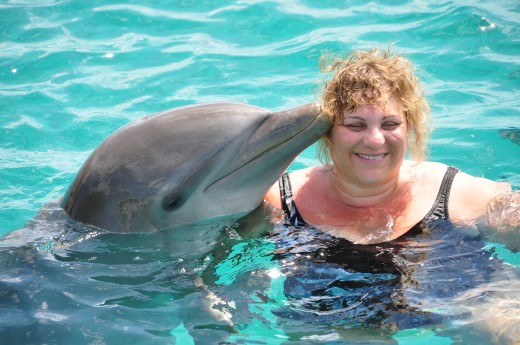
© 2015 Teri Silver

